ZHCSJ24A November 2018 – May 2019 TPS56339
PRODUCTION DATA.
- 1 特性
- 2 应用
- 3 说明
- 4 修订历史记录
- 5 Pin Configuration and Functions
- 6 Specifications
-
7 Detailed Description
- 7.1 Overview
- 7.2 Functional Block Diagram
- 7.3
Feature Description
- 7.3.1 Advanced Emulated Current Mode Control
- 7.3.2 Enable and Adjusting Undervoltage Lockout
- 7.3.3 Soft Start and Pre-Biased Soft Start
- 7.3.4 Voltage Reference
- 7.3.5 Minimum ON-time, Minimum OFF-time and Frequency Foldback at Dropout Conditions
- 7.3.6 Overcurrent and Undervoltage Protection
- 7.3.7 Thermal Shutdown
- 7.4 Device Functional Modes
- 7.5 Light-Load Operation
- 8 Application and Implementation
- 9 Power Supply Recommendations
- 10Layout
- 11器件和文档支持
- 12机械、封装和可订购信息
6.7 Typical Characteristics
VIN = 12 V (unless otherwise noted)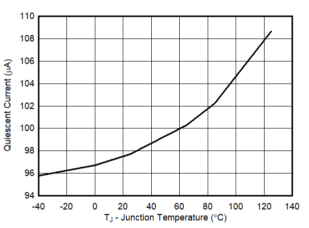
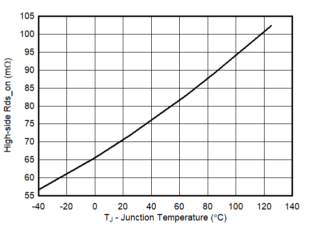
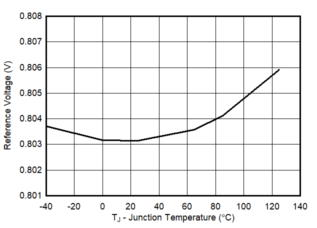
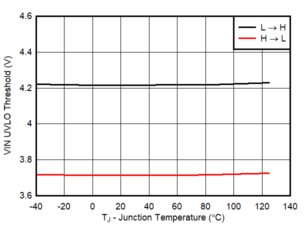
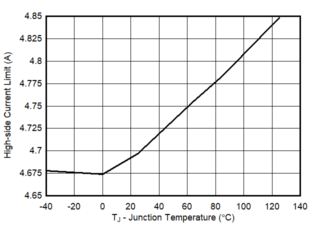
A.
Figure 9. High-side Current Limit Threshold VS Junction Temperature 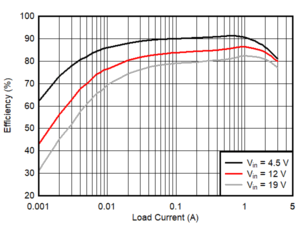
A.
Figure 11. VOUT=1.05 V Efficiency, L=1.5 µH 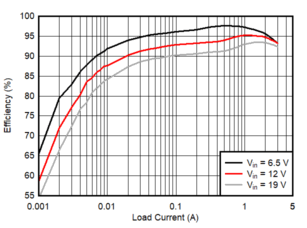
A.
Figure 13. VOUT=5 V Efficiency, L=5.6 µH 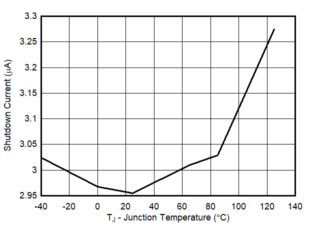
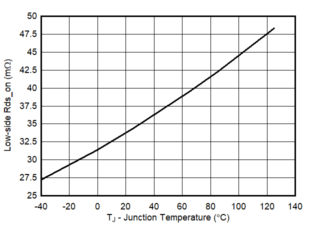
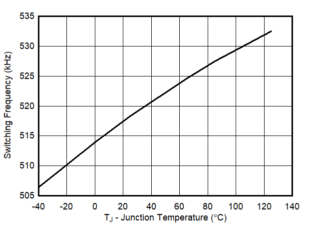
A.
Figure 6. Switching Frequency VS Junction Temperature 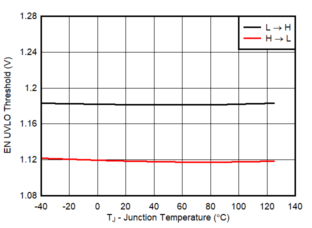
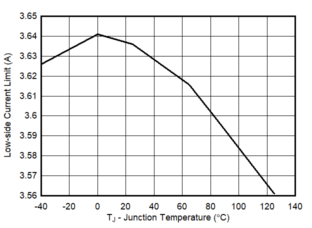
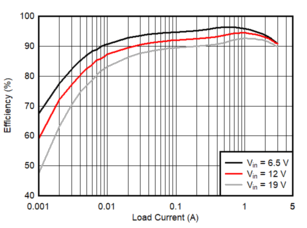
A.
Figure 12. VOUT=3.3 V Efficiency, L=4.7 µH 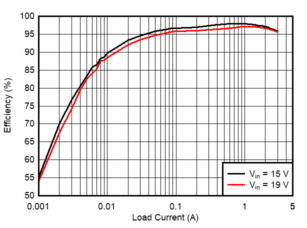
A.
Figure 14. VOUT=12 V Efficiency, L=6.8 µH